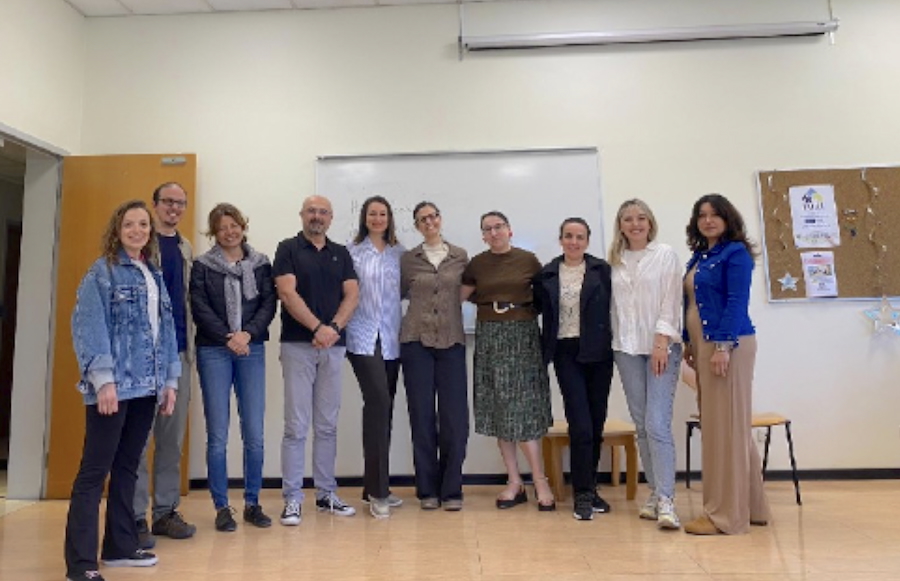
Reflections on the Artful Teaching and Learning Workshops with Patricia Sobral
By Tuğba Yıldırım Kumbasar
We had the pleasure of welcoming Patricia Sobral from Brown University to Sabancı University for a three-day series of Artful Teaching and Learning Workshops, thoughtfully designed for instructors at the School of Languages (SL). Held from May 12-14, 2024, the workshops brought together 25 instructors in a dynamic, engaging, and highly participatory learning environment.
These workshops were impactful on multiple levels. Their experiential, interactive, and collaborative nature provided a space for meaningful exploration of how the arts can enrich both teaching and learning. Many of the practices invited us to move, connect, create, and reflect not only intellectually, but also physically and emotionally. Experiencing this approach firsthand was essential in helping us understand how to effectively integrate artful pedagogy into our own classrooms.
One of the most valuable elements of the workshops was that every activity was first demonstrated. Engaging with each task as learners gave us insight into its rhythm, flow, and potential impact before we considered facilitating it ourselves. These demonstrations highlighted the importance of showing rather than telling, reinforcing the clarity and confidence learners gain when they see what is expected in action. Another key takeaway was the applicability and adaptability of the activities to our teaching contexts in SL. Experiencing them from a learner’s perspective allowed us to better assess their relevance and think critically about how they might be implemented with our students.
The structure of the workshops also reflected core principles of effective pedagogy. We began with simple, accessible tasks and gradually progressed to more complex ones. It was a scaffolded approach that allowed us to build confidence and readiness. As the session progressed, we could clearly trace how each activity built upon the previous one, mirroring the logic of intentional, backward design: starting with the desired outcomes and crafting a purposeful sequence to support them.
Each session also included time for guided reflection, often framed by Patricia’s signature questions: “Why do we do this?” and “What else?” These questions prompted us to internalize our experiences, exchange insights, and collaboratively consider how the activities could be adapted for our SL learners. A recurring theme in our discussions was the role of artful teaching in fostering community. This was an outcome that echoed throughout nearly every task.
There were also key takeaways regarding session design. Although each workshop lasted two and a half hours without formal breaks, the well-paced sequence of activities created a natural flow and sustained engagement. Warm-ups rooted in the performing arts helped us ease into the sessions and set a playful and open tone that carried through the entire workshop.
What stood out most, however, was that artful teaching extended beyond the activities themselves. Patricia modeled what it means to be an artful educator, not only through her facilitation techniques but through her presence, language, and attentiveness. She offered a living example of how artful pedagogy can be embodied. It reminded us that artful teaching is not solely about the materials we use, but also about how we show up as intentional, empathetic, and creative educators.
In sum, these workshops offered far more than a set of activities; they offered a new lens through which to reimagine teaching and learning. They showed us that artful pedagogy is not an optional extra. It is a powerful mindset that promotes connection, collaboration, and reflection, all of which are essential for creating meaningful and transformative learning experiences.


